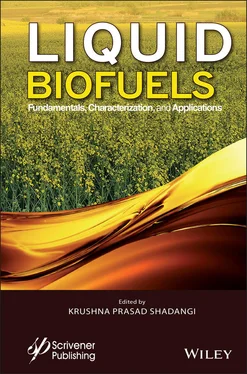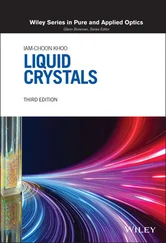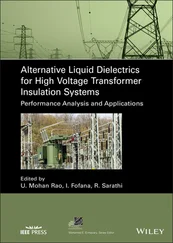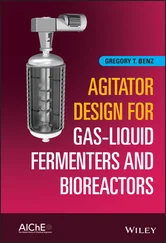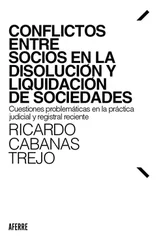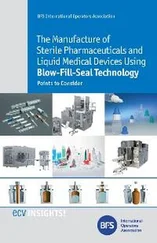Liquid Biofuels
Здесь есть возможность читать онлайн «Liquid Biofuels» — ознакомительный отрывок электронной книги совершенно бесплатно, а после прочтения отрывка купить полную версию. В некоторых случаях можно слушать аудио, скачать через торрент в формате fb2 и присутствует краткое содержание. Жанр: unrecognised, на английском языке. Описание произведения, (предисловие) а так же отзывы посетителей доступны на портале библиотеки ЛибКат.
- Название:Liquid Biofuels
- Автор:
- Жанр:
- Год:неизвестен
- ISBN:нет данных
- Рейтинг книги:3 / 5. Голосов: 1
-
Избранное:Добавить в избранное
- Отзывы:
-
Ваша оценка:
Liquid Biofuels: краткое содержание, описание и аннотация
Предлагаем к чтению аннотацию, описание, краткое содержание или предисловие (зависит от того, что написал сам автор книги «Liquid Biofuels»). Если вы не нашли необходимую информацию о книге — напишите в комментариях, мы постараемся отыскать её.
provides a profound knowledge to researchers about biofuel technologies, selection of raw materials, conversion of various biomass to biofuel pathways, selection of suitable methods of conversion, design of equipment, selection of operating parameters, determination of chemical kinetics, reaction mechanism, preparation of bio-catalyst: its application in bio-fuel industry and characterization techniques, use of nanotechnology in the production of biofuels from the root level to its application and many other exclusive topics for conducting research in this area.
Written with the objective of offering both theoretical concepts and practical applications of those concepts,
can be both a first-time learning experience for the student facing these issues in a classroom and a valuable reference work for the veteran engineer or scientist. The description of the detailed characterization methodologies along with the precautions required during analysis are extremely important, as are the detailed description about the ultrasound assisted biodiesel production techniques, aviation biofuels and its characterization techniques, advance in algal biofuel techniques, pre-treatment of biomass for biofuel production, preparation and characterization of bio-catalyst, and various methods of optimization.
The book offers a comparative study between the various liquid biofuels obtained from different methods of production and its engine performance and emission analysis so that one can get the utmost idea to find the better biofuel as an alternative fuel. Since the book covers almost all the field of liquid biofuel production techniques, it will provide advanced knowledge to the researcher for practical applications across the energy sector.
A valuable reference for engineers, scientists, chemists, and students, this volume is applicable to many different fields, across many different industries, at all levels. It is a must-have for any library.
